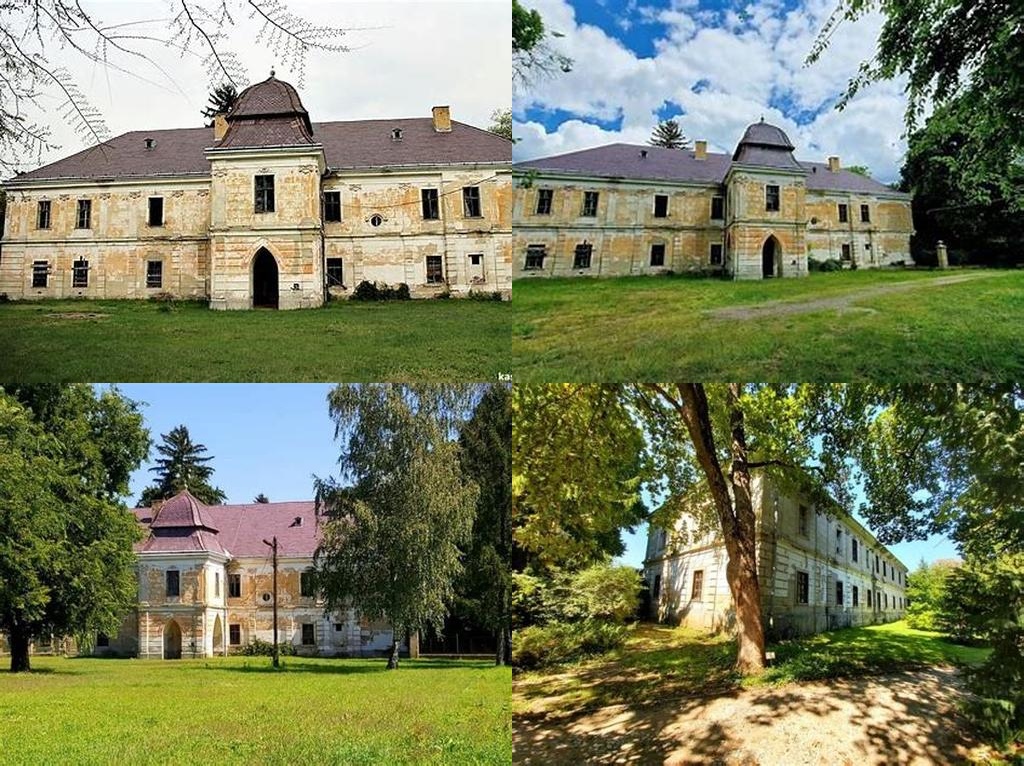
Buttler-kastély in the quaint village of Magyarnándor holds the kind of slowly revealed magic that only the most patient and observant travelers get to experience. Tucked away in Nógrád County, this manor house doesn’t have the crowds of Budapest or the overwhelming grandeur of Hungary’s more famous palaces, but it offers a sense of intimacy and unhurried discovery that makes every visit feel personal. Its centuries-old walls echo with stories—not just of nobility and wealth, but of resilience, adaptation, and the subtle interplay between past and present. It’s the kind of destination where you can step into the shade of old chestnut trees and almost hear the stories rustling with the leaves above.
The origins of Buttler-kastély stretch back to the 18th century, when the influential Buttler family—indeed, the same family associated with the grander Buttler Castle of Eger—established their presence in Magyarnándor. The date 1760 stands out, marking the completion of the classicist manor that still presides over the landscape today. Unlike so many aristocratic homes that fell into total ruin following waves of political turmoil, war, and land reforms, Buttler-kastély managed not just to survive, but to continue evolving. The building originally served as the seat of a significant landholding family, and much of its original footprint remains, albeit with the gentle patina that years inevitably bring. The castle’s architecture is subtle rather than showy, with a single-story, elongated structure, generous windows, and a long portico. Take a closer look, and you’ll catch the particular flourishes of the late Baroque and Classicist style—a physical reminder that comfort and beauty can be found in proportion more than in ostentation.
In the peaceful grounds surrounding the manor, you’ll find a deep sense of tranquility that’s hard to come by in busier destinations. The garden, known for its overgrown but atmospheric charm, is shaded by mature trees—some of which may have witnessed generations of the Buttler family stroll past. During the 20th century, the castle endured its share of transformation: after the dissolution of the aristocracy, the building was repurposed by several institutions. It has been a school, a community center, and more, each chapter layering new details onto its already complex personality. Wandering the manor today, you sense the traces of all these lives and uses. There’s something delightful about a place that hasn’t been frozen in time but instead reflects a living, evolving history.
Stepping into Buttler-kastély, you’re likely to notice that this isn’t a perfectly restored palace. Instead, the interiors retain an authentic, lived-in feel—rooms reveal fragments of faded frescoes, timeworn wooden floors, and walls that have seen more laughter, sorrow, and conversation than history books could ever hold. Unlike Hungary’s more polished palaces, you won’t find endless velvet ropes or formal tours here. That’s part of its appeal: the castle invites you to set your own pace. Examine the creak in a stair tread, peek through a window at the fields beyond, or let your imagination wander as you rest by the old stone steps. Those interested in architecture or art history will especially appreciate the original details, such as wooden beams, decorative plasterwork, and doors set in thick, cool walls.
Local legends ripple through the manor’s halls, whispered by guides and villagers alike. Some say secret passages run beneath the estate, built during times of war, while others insist the castle’s stones remember the footsteps of dignitaries and rebels alike. The surrounding village of Magyarnándor itself is worth a wander. It’s a snapshot of rural Hungary, complete with small churches, hiding lanes, and gardens spilling over with wildflowers in summer. If you time your trip well, you might even catch a local festival or a music event—now hosted in the grounds or the halls of Buttler-kastély, blending the quiet pace of the countryside with the warmth of community life.
For those seeking a destination untouched by the commercial bustle of tourist hotspots, Buttler-kastély is a rare find. Here, the sense of discovery feels fresh and genuine; there are no lines, no souvenir stands, just the hush of old rooms meeting the laughter of visitors who know they’ve stumbled on something special. The manor and its grounds are a gentle reminder that history is not so much a static thing to be studied at a distance, but a story we can literally walk through, touch, and imagine anew. As you leave the castle behind, don’t be surprised if you feel as though it’s tucked a small secret into your pocket—a quiet memory that will surface whenever you pass an old oak or catch the scent of sun-warmed grass.





